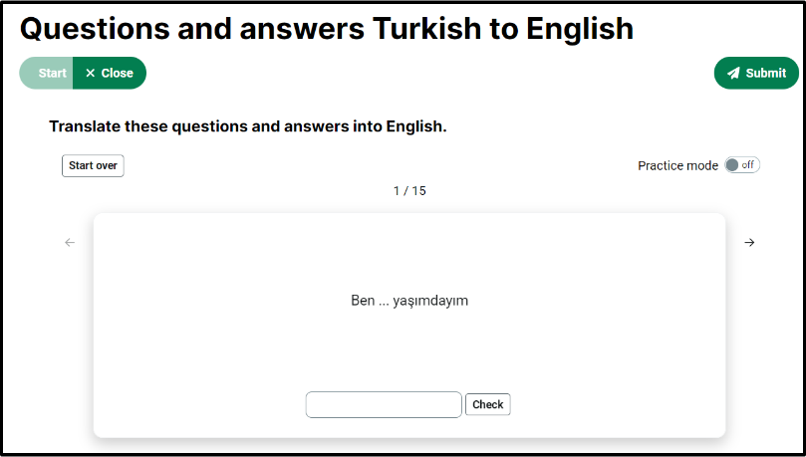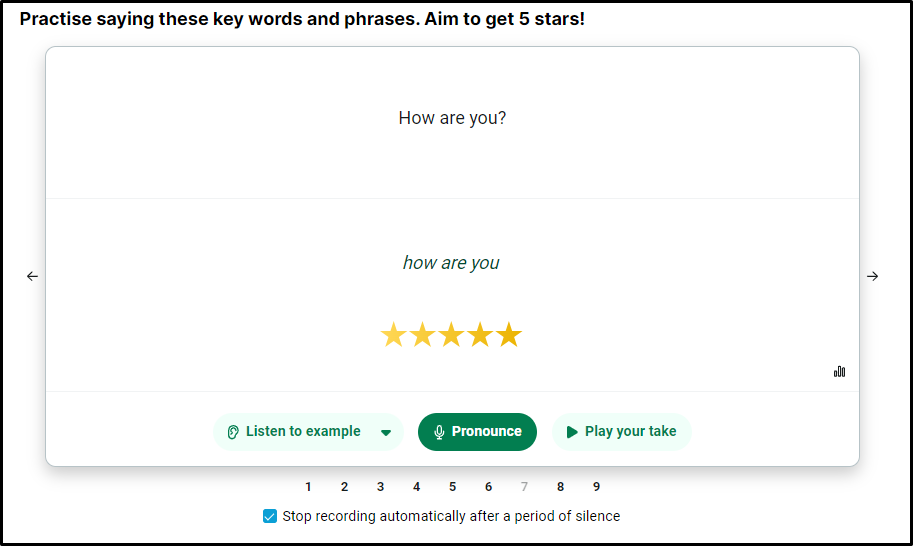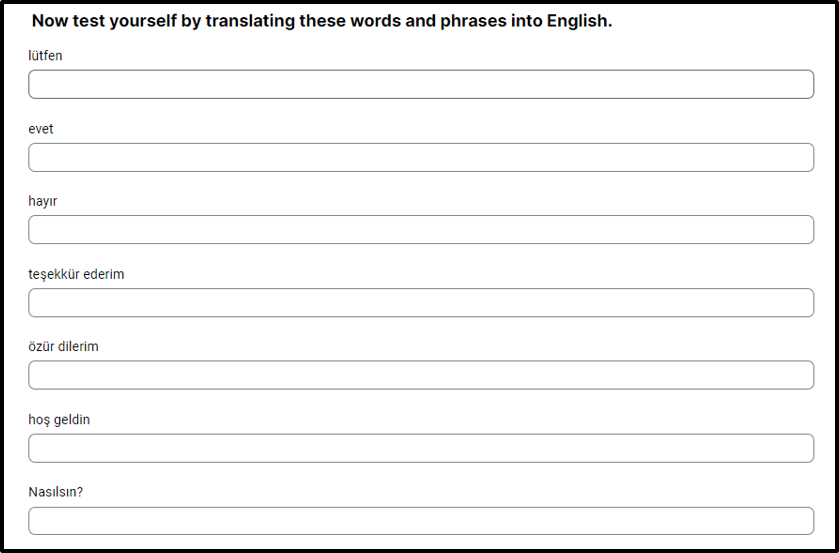The ultimate in adaptive teaching for pupils with EAL

I recently visited a school where over three quarters of pupils have EAL, many of whom do not speak English at home.
Staff in the school work incredibly hard to support pupils to develop their spoken and written English through many techniques, to support vocabulary acquisition and accurate pronunciation.
The DfE expects that effective teaching and learning for EAL students take place through the national curriculum according to its Statutory guidance: National curriculum in England:
Framework for key stages 1 to 4, 2014:
4.5 Teachers must also take account of the needs of pupils whose first language is not English. Monitoring of progress should take account of the pupil’s age, length of time in this country, previous educational experience and ability in other languages.
4.6 The ability of pupils for whom English is an additional language to take part in the national curriculum may be in advance of their communication skills in English. Teachers should plan teaching opportunities to help pupils develop their English and should aim to provide the support pupils need to take part in all subjects.
To complement excellent classroom provision, Sanako Connect can be used for independent student learning, both at the primary and secondary phase.
Sanako UK now provide home language translations of key words and phrases in Ukrainian, Turkish, Polish, Russian, Italian, Farsi, Romanian, Portuguese and Arabic. Students have flashcards with key words in their home language and then English, to help them to memorise.

They are then tested from their home language into English, and when they submit their work, it is marked automatically using AI and the teacher can see the student’s results. In addition, the student can practise how to pronounce the key language by first listening to an accurate version by a native speaker (which can be slowed down if needed) and then they can imitate the native speaker and are given feedback based on 0-5 stars, with the opportunity to record themselves again and try to improve. The teacher can see the number of times the student has attempted to pronounce the language and can listen to their final attempt.
They are then tested from their home language into English, and when they submit their work, it is marked automatically using AI and the teacher can see the student’s results. In addition, the student can practise how to pronounce the key language by first listening to an accurate version by a native speaker (which can be slowed down if needed) and then they can imitate the native speaker and are given feedback based on 0-5 stars, with the opportunity to record themselves again and try to improve. The teacher can see the number of times the student has attempted to pronounce the language and can listen to their final attempt.
 In addition, pupils can be supported at home in their vocabulary acquisition, as the system tests their knowledge of vocabulary between English and several home languages including Turkish, Polish, Ukrainian, Farsi, Russian, Portuguese and Arabic
In addition, pupils can be supported at home in their vocabulary acquisition, as the system tests their knowledge of vocabulary between English and several home languages including Turkish, Polish, Ukrainian, Farsi, Russian, Portuguese and Arabic

All of which is automatically marked using AI. It is the ultimate in adaptive teaching. It can be tailored to the pupil’s home language and their English level, so there is no ‘one size fits all’ approach. It can be accessed anywhere, by phone, tablet or computer, so it is extremely flexible. Some schools even report that parents have been use it to improve their language too!
For more information please contact us
Wendy Adeniji
MFL Consultant



